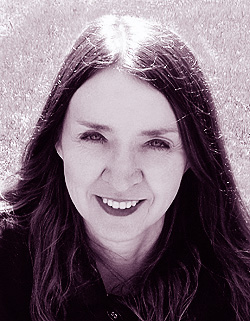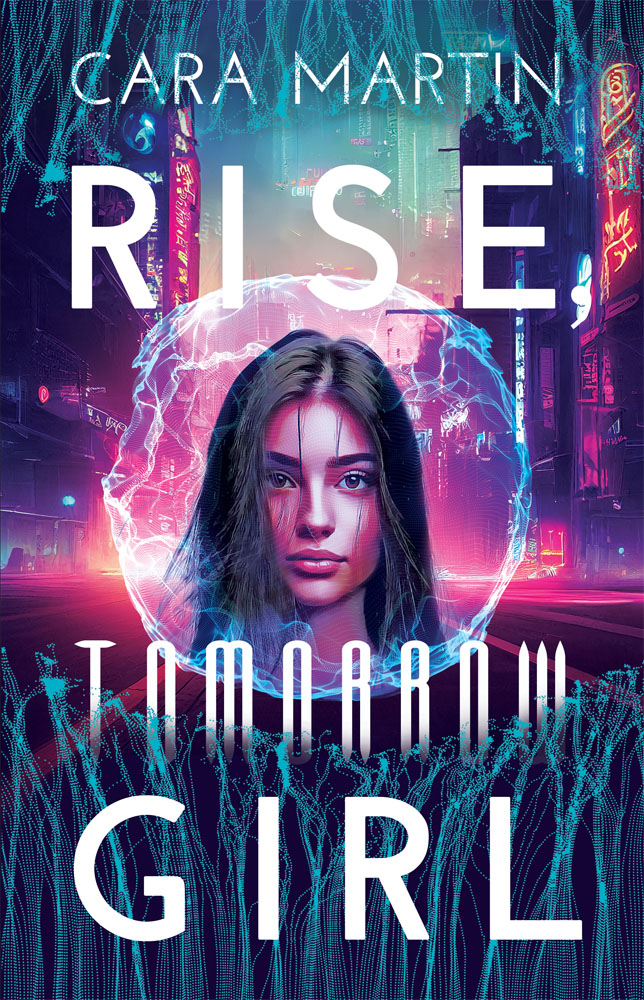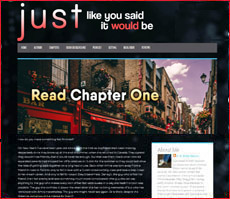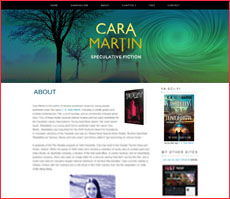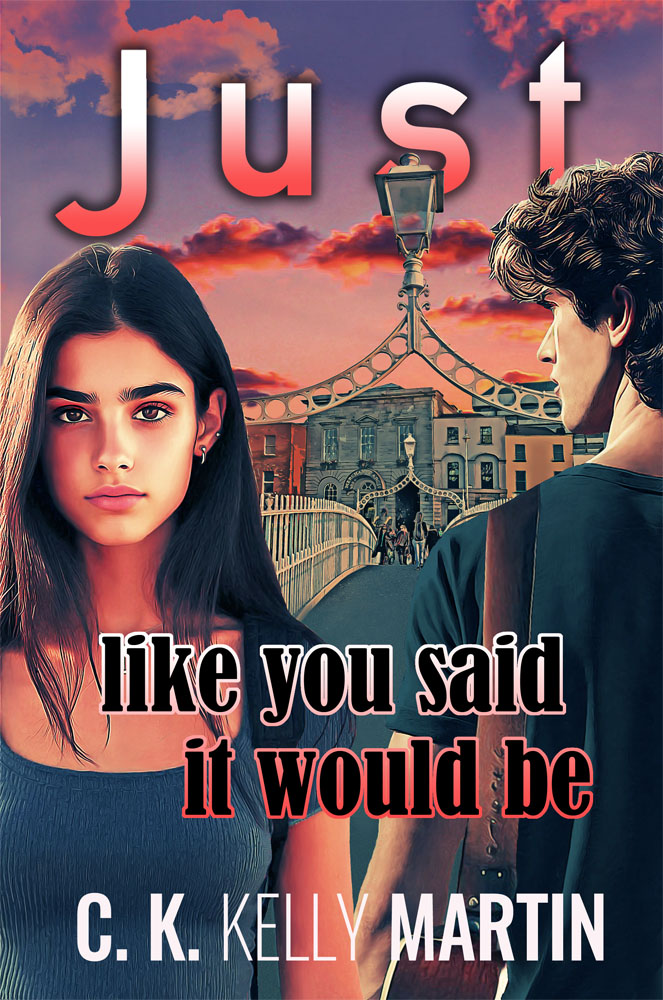To that end the book is truly inclusive. In a section on sexual identity Corinna points out that “this isn't the gay chapter” and indeed the book doesn't assume a heterosexual default the way many do - or root itself in traditional gender roles. Nor does it assume that sex is better when connected with love or marriage. The emphasis is unfailingly on communication, being as safe as possible, respecting your own and others' boundaries and fitting sex into the rest of your life in a healthy and enjoyable way.
The slant seems so balanced and logical that it's a wonder society at large is in such a mess when it comes to sex and sexuality. But popular culture with its constant projection of a hyper-sexuality which is unvarying and prescriptive (dictating what sort of bodies we should have, the kinds of activities we should be engaging in and who should be performing them - and how) would seem to be the enemy of this logic. To counter these negative messages and arrive at a healthy body image, Heather suggests reducing TV watching and binning your fashion magazines, noticing the diversity around you in your everyday life, focusing on things other than appearance and concentrating on physical activities you enjoy (whether that be team sports, canoeing, whatever).
Of course there's a lot of sex in this book and sexual activities are catalogued along with their pregnancy and STI risk. You'll learn that the idea that female virgins are supposed to be “tight” is pure myth. “A woman having first intercourse very well might be tight, but that is likely due more to nervousness, fear, and anxiety than it is to whether or not she has had partnered sex before.” If a woman's relaxed, aroused and lubricated enough with a patient partner first-time sex doesn't need to be painful. The idea of premature ejaculation is “a bit bogus” too. There's no “minimum time that is acceptable for erection” and sexual activity can continue in other ways afterwards. There's no reason that all (or any) of the fun has to spring from penetration.
Unfortunately, not at all sex is consensual and S.E.X. also discusses healing from abuse and rape. “One-half of all rape victims are raped between the ages of fourteen and seventeen.” Roughly a third of “high-school and college students has experienced sexual, physical, verbal, or emotional violence in dating relationships.”
As adults, we don't do near enough honest talking about these issues. How can we expect young people to deal with the rampant sexual assumptions and expectations, misinformation and pressure created by living in a society that on the one hand tells them sex is something serious and special to save for later while simultaneously drowning them in images that promote the very opposite? Confusing? Yeah, enough to make your head explode.
If everyone read, digested and lived by the philosophies espoused in this book our sexual problems would be a thing of the past. So let's get started, do your mind and body a favour and read S.E.X., then recommend it to someone else.
If you want to get a better idea of the kind of information and approach you'll find in the guide check out Scarleteen (a completely independent site with no federal, state or local funding...so if you have some $ to spare they would very much appreciate your donations).
Scarleteen Links
• Ready or Not? The Scarleteen Sex Readiness Checklist
• Condom Basics: A User's Manual
• Sexual Health 101: His
• Sexual Health 101: Hers
• Don't Let the Door Hit You on the Way Out (Or, How To Come Out of The Closet Without Tripping on the Laundry)
• Safer Sex For Your Heart

